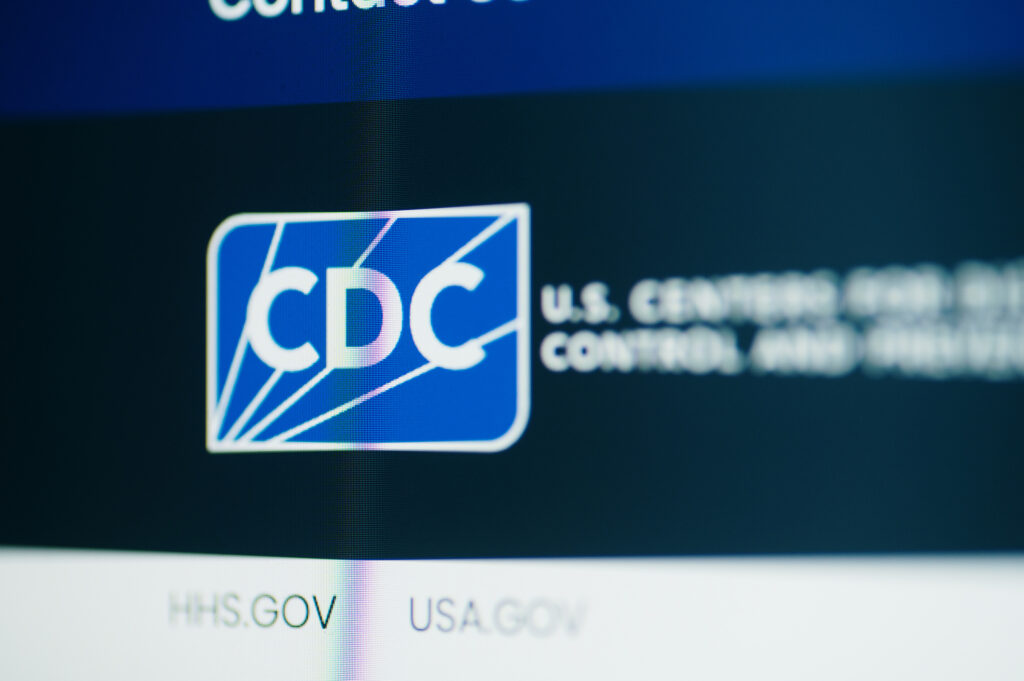While the U.S. Senate was debating the One Big Beautiful Bill Act (OBBBA), a study published in the Annals of Internal Medicine projected cuts to Medicaid could lead to 16,642 premature deaths.
Researchers from Harvard Medical School and the City University of New York based their projections on an estimate from the Congressional Budget Office that nearly 8 million people would lose insurance coverage through Medicaid cuts in the House bill.
The authors based their projection on six Medicaid measures in the House bill aimed at reducing spending. Factored into the premature death projection calculations were assumptions that 1.9 million current recipients would lose access to a physician, 1.3 million would forego medication, 1.2 million would incur new medical debt, 246,000 would lose access to care due to medical debt, and 380,00 women would miss mammograms.
Political Angle
The authors argue the proposed Medicaid cuts are meant to transfer money to the wealthy.
“Today, despite its many shortcomings, Medicaid enjoys wide support from the electorate and serves as the foundation of the nation’s health care safety net,” the authors write. “The cuts under consideration, intended to offset the cost of tax cuts that would predominantly benefit wealthier Americans, would strip care from millions and likely lead to thousands of medically preventable deaths.”
The researchers’ use of computer modeling and the timing of the release of their study are two reasons to view the study with skepticism, says Robin Hanson, an economist at George Mason University.
“One should always look at a whole literature, rather than putting too much weight on the latest study,” said Hanson. “This field is full of people with agendas, so you have to consider how many degrees of freedom each author had to vary their study to get the answers they wanted.”
Real-World Evidence
The best studies are the ones that are difficult to vary to get a particular result. The gold standard in research is the randomized controlled trial (RCT), and in health care, four notable real-life scenarios offered a ‘control group’ to test out whether more spending produces better overall health, Hanson stated at a Cato Institute panel on February 12.
The Rand Health Insurance Experiment looked at 7,700 people, half of whom got unlimited care, and the other half did not. The group that got the unlimited care spent 30 to 40 percent more on health care yet had no significant improvement in health.
The Oregon Medicaid experiment was a two-year trial of about 8,000 people in which some were selected through a lottery to receive Medicaid coverage. The group that got the care showed no significant improvement in health. Notably, the group reported feeling better before the trial began.
In the third study, 52,000 people in rural India were given access to cheap hospital insurance. Those people spent more on health care, accessed health care more, and showed no significant improvement in health.
The fourth study, the “U.S. Taxpayer” experiment in 2019, examined the impact of a letter warning people they would receive a penalty if they did not purchase insurance. Researchers compared this group (4.5 million people) to an equal-sized group that did not receive the letter.
The finding suggested with a little more insurance, someone might live a bit longer, but Hanson told the panel, “If you looked in the appendix, they picked a certain age range specific. Other age ranges did not have that result, so I’d say no effect.”
Better Measures
Hanson told the panel it is difficult to connect health care outcomes with aggregate spending. He suggested it would be better to determine the cost/benefit of a particular treatment using Cochrane reviews and individualized mining of the margins in medical studies.
In Cochrane reviews, an independent panel evaluates health studies on a particular issue using a “common and specific methodology to limit bias and random error,” according to a PubMed article on the topic. “Mining of the margins,” is to look at variables that can cause a particular result.
Another way to measure value is to see how strongly a doctor recommends a particular treatment or ask patients how much they would be willing to pay for something. If a treatment is not used in a low-spending geographic region or small hospitals, it can indicate low value.
In 2023, U.S. health care spending reached $4.9 trillion, according to the Centers for Medicare and Medicaid Services.
“If we could believe that in fact half of medical [spending] just isn’t that useful, we have the potential for huge savings,” Hanson told the panel.
AnneMarie Schieber ([email protected]) is the managing editor of Health Care News.




